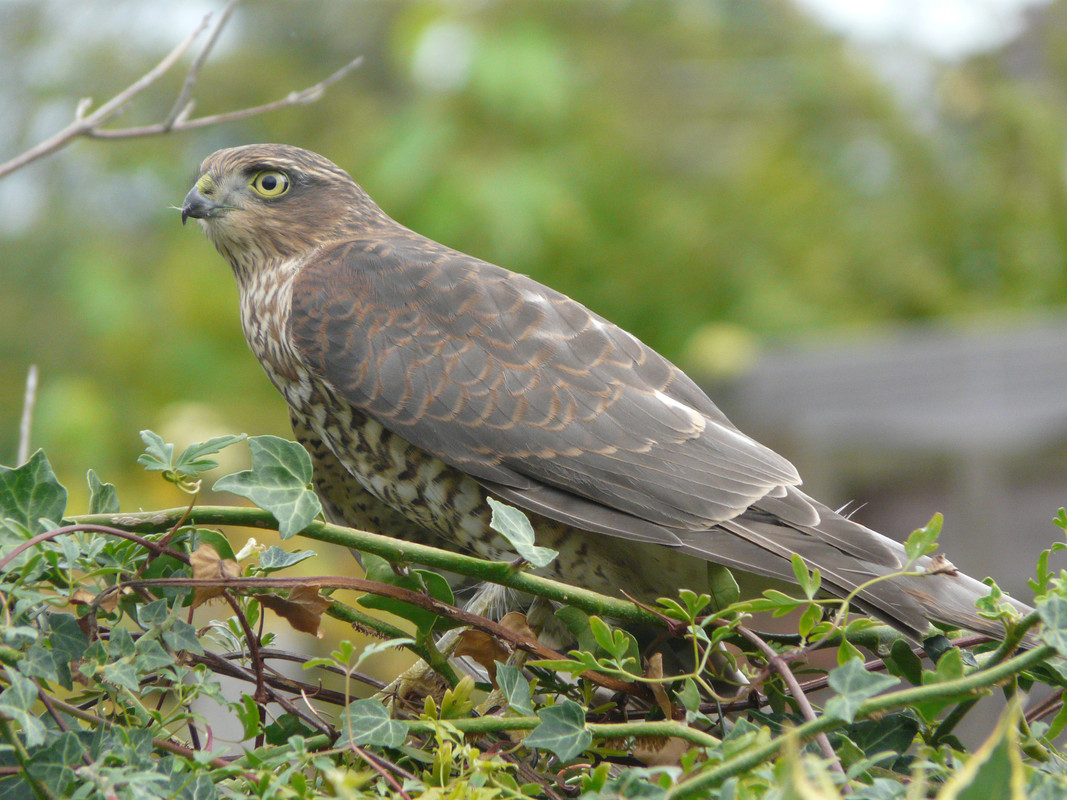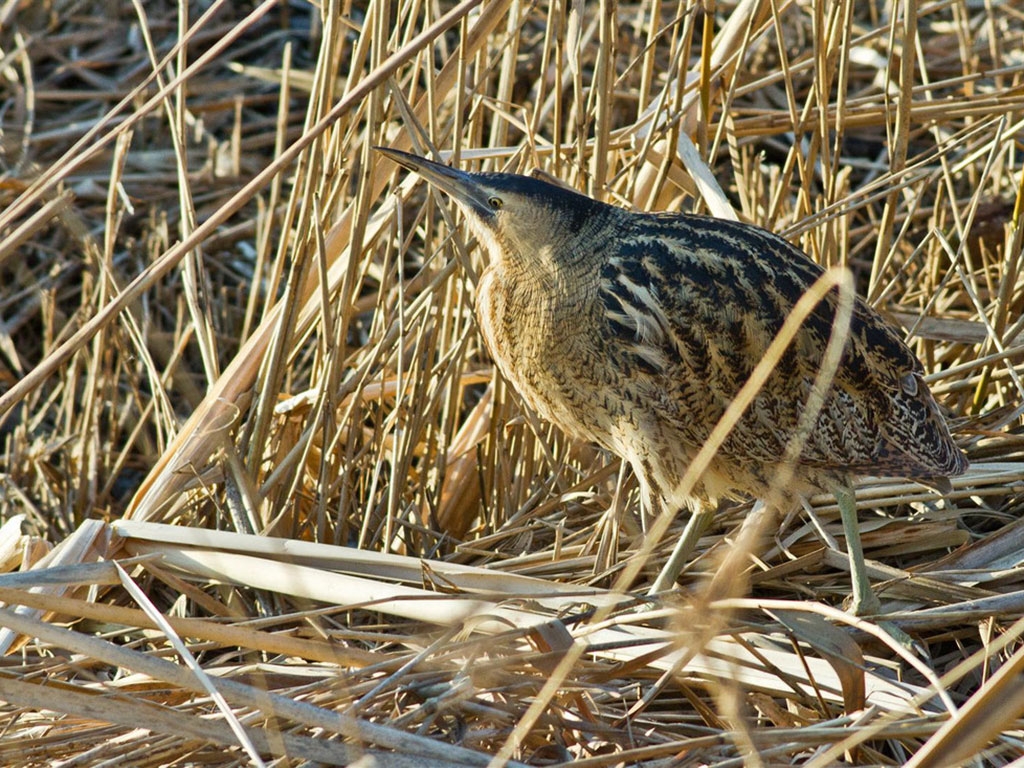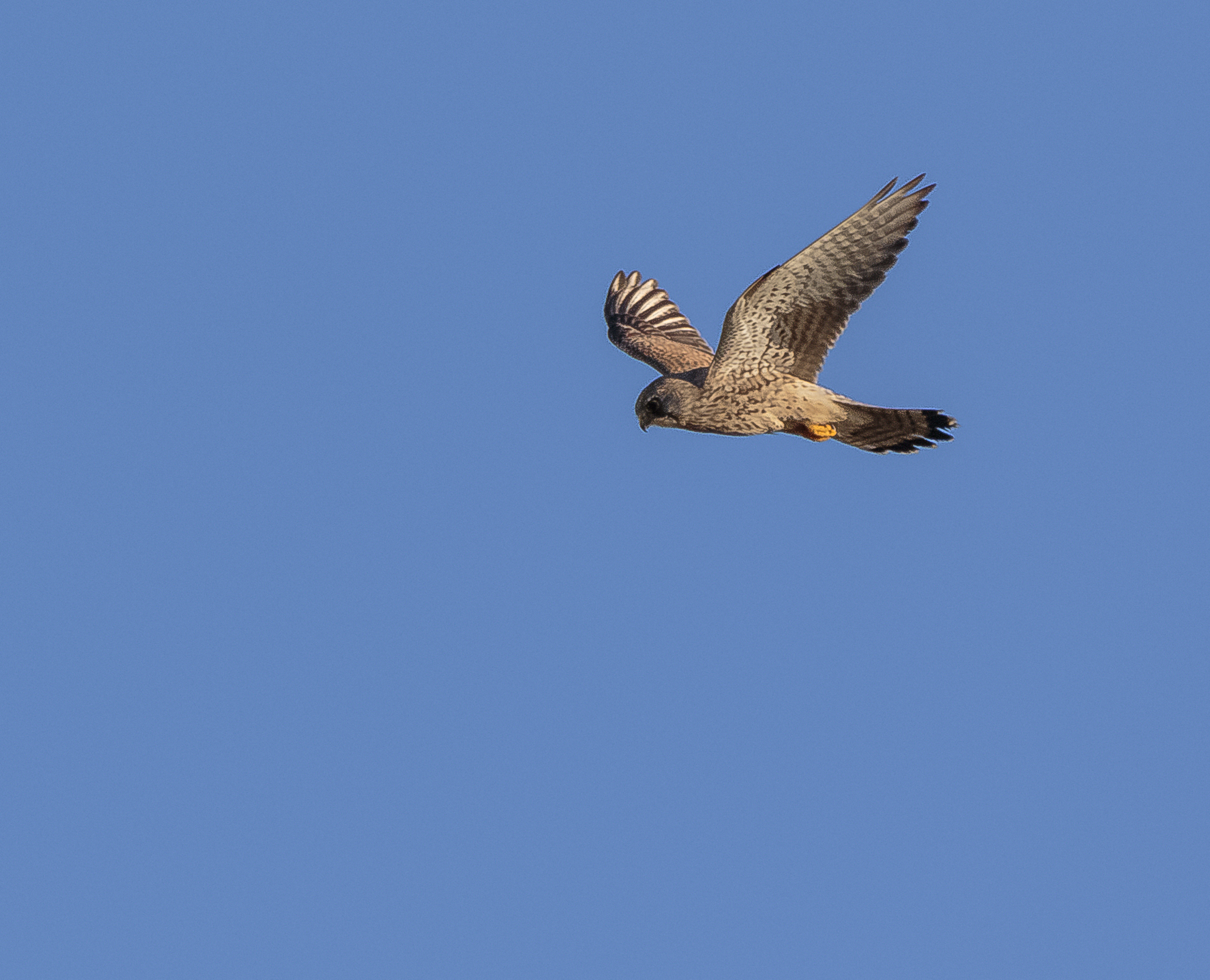Wildlife sightings for 26th April 2012
2 Little Ringed Plover - long shingle island, main lake 1 Peregrine - juvenile male, hunting over site 4 Common Tern - main lake tern rafts 1 Yellow-legged Gull - 2nd summer bird, scrape [...]
2 Little Ringed Plover - long shingle island, main lake
1 Peregrine - juvenile male, hunting over site
4 Common Tern - main lake tern rafts
1 Yellow-legged Gull - 2nd summer bird, scrape
10 Swift - lingering over site
6 Swallow - lingering over site
5 House Martin - lingering over site
2 Wheatear - male, long shingle island, main lake
7 Yellow Wagtail - mostly flying W
1 Lesser Whitethroat - singing at base of Peacock Tower, main lake side
3 Reed Warbler - singing, main lake
Also:
1 Holly Blue butterfly - Thames bank
Yellow Brain fungus, Tremella mesenterica - on a willow on the sheltered lagoon, first record for the site
Additional sightings from yesterday:
1 Caspian Gull - 1st summer bird, marsh
2 Yellow Wagtail - marsh and main lake
2 Wheatear - males, Icelandic type
Recent bird highlights: Peregrine, Curlew, Black-tailed Godwit, Jack Snipe, Redshank, Common Sandpiper, Green Sandpiper, Little Ringed Plover, Dunlin, Iceland Gull, Short-eared Owl, Turtle Dove, Yellow Wagtail, Wheatear and Swallow.
With spring in the air the Cetti’s Warbler are becoming more vocal with at least 9 birds to be found across the reserve. Many Chiffchaffs have arrived along with smaller numbers of Willow Warbler, Blackcap and Garden Warbler. Goldcrests can be heard singing away by the Trappers Lodge cabin in World Wetlands along with many other common songsters like Blackbird, Wren, Great Tit, Greenfinch, Song Thrush and Chaffinch.
Lapwing are nesting on the main lake/scrape shingle islands and grazing marsh fields, and performing territorial flight displays. Great Crested Grebe and Little Grebe are displaying regularly on the sheltered lagoon. The first few Sand Martins have also arrived (mid-March).
The marsh will remain wet through early spring to attract a host of visiting waders and other wildfowl, as well as Yellow Wagtail and Wheatear. Look out for possible Water Pipit on the flooded field edges. The wader scrape is now being drained and wetted on a weekly basis to attract feeding waders.
Moths: Common Quaker, Hebrew Character, Chestnut, Clouded Drab, Esperia sulpurella, Epermenia chaerophyllea, Powdered Quaker, Light Brown Apple Moth, Early Grey.
Flowering plants: Cowslip, Cuckooflower, Cow Parsley, Hawthorn, Blackthorn, Wild Cherry, Wood Anemone, Ramsons, Common Mouse-ear, Field Wood-rush, Marsh Marigold, Snake’s Head Fritillary, Red Dead-nettle, Primrose, Oxford Ragwort.
Water Voles: 5 seen in world wetlands, waterlife and wildside, Reed Swamp exhibit is a good bet, near the sluices.
Butterflies and insects: Comma, Brimstone, Peacock, Small Tortoiseshell, Orange-tip, Holly Blue, Speckled Wood, Small White, Common Bee-fly, 7-spot Ladybird, Large Red Damselfly.
Reptiles: 75% refugia on the western side of the reserve had a Slow Worm underneath. 8 adult and 2 juvenile Common Lizards recorded from 8 locations in waterlife, wildside and pond zone area.



